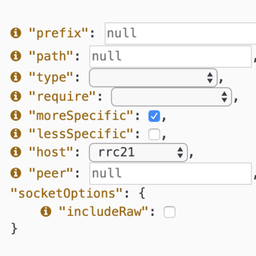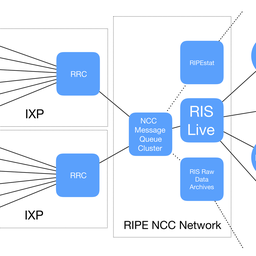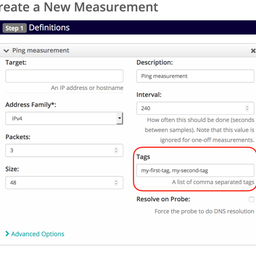RIPE Atlas just got updated with a new timestamp feature to help those working with RIPE Atlas measurement data get a more detailed picture of exactly when measurement results were received.
As you'd imagine, RIPE Atlas measurement results have always been timestamped, enabling users to see exactly what time specific measurements took place. However, there's a gap between the time at which a measurement gets made and the time at which the result is received in the RIPE Atlas data repository. And sometimes, for some users, the difference matters. For this reason, we've introduced new timestamps for RIPE Atlas measurements that make it possible for users to see what time specific measurement results arrived at our repository.
This change is backwards compatible because no existing fields were modified. The new field is called “stored_timestamp” in the RIPE Atlas result JSON structure, where it now exists alongside the “timestamp” field, which refers to the time that a measurement was carried out by a probe. The time delay between a measurement being carried out and the result reaching long term storage can therefore be calculated by subtracting the “timestamp” value from the “stored_timestamp” value.
This new timestamp is useful whenever information about the time that a result was received by the system is relevant instead of, or as well as, the time that the probe carried out a measurement. For instance, it allows users of historical data to exclude measurement results that arrived late. It could also be used to approximately simulate results as they would have appeared in the RIPE Atlas Streaming API.
As always, if you have any thoughts or questions about the new feature, don't hesitate to leave us a comment below, or contact us at atlas@ripe.net.





Comments 0
The comments section is closed for articles published more than a year ago. If you'd like to inform us of any issues, please contact us.